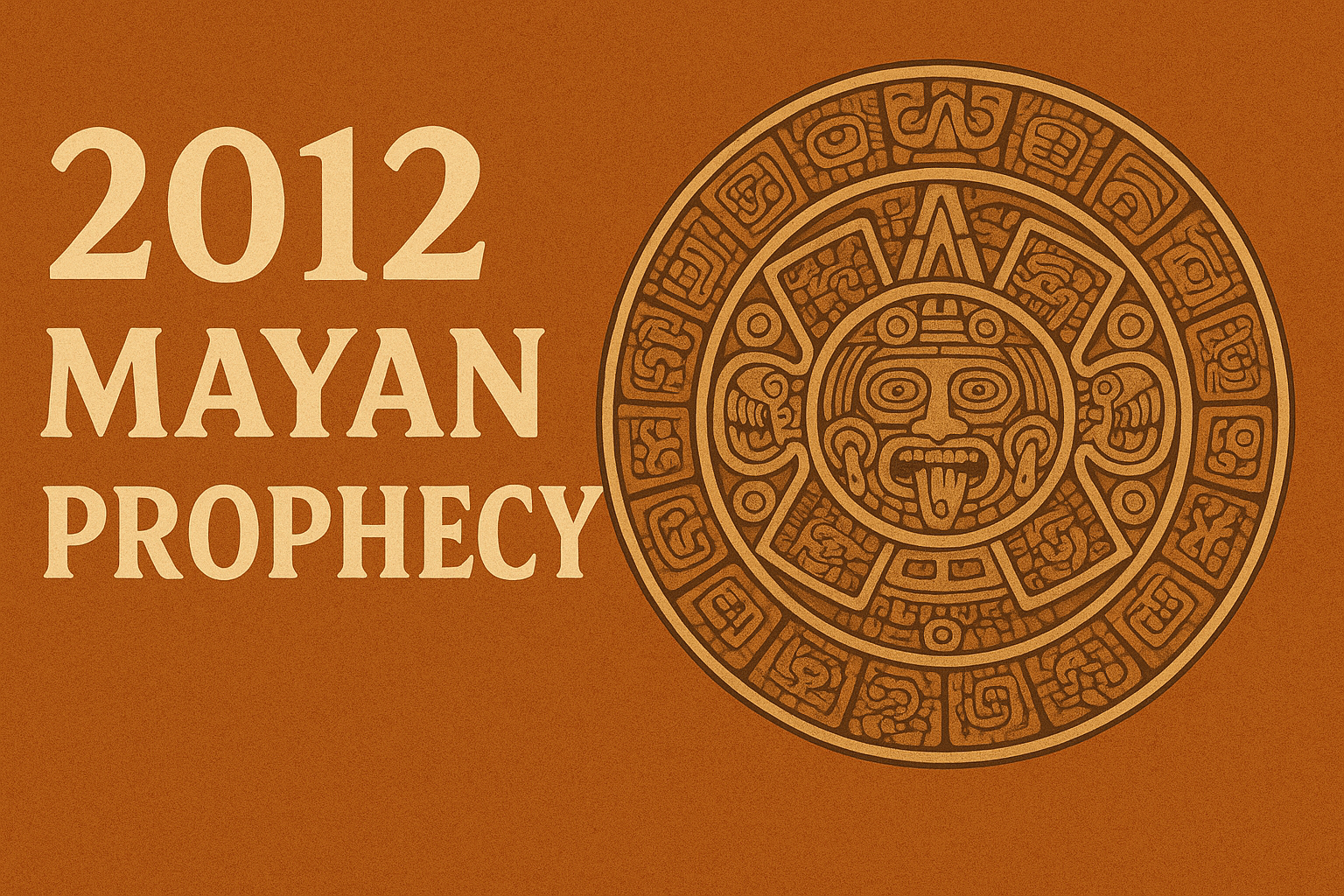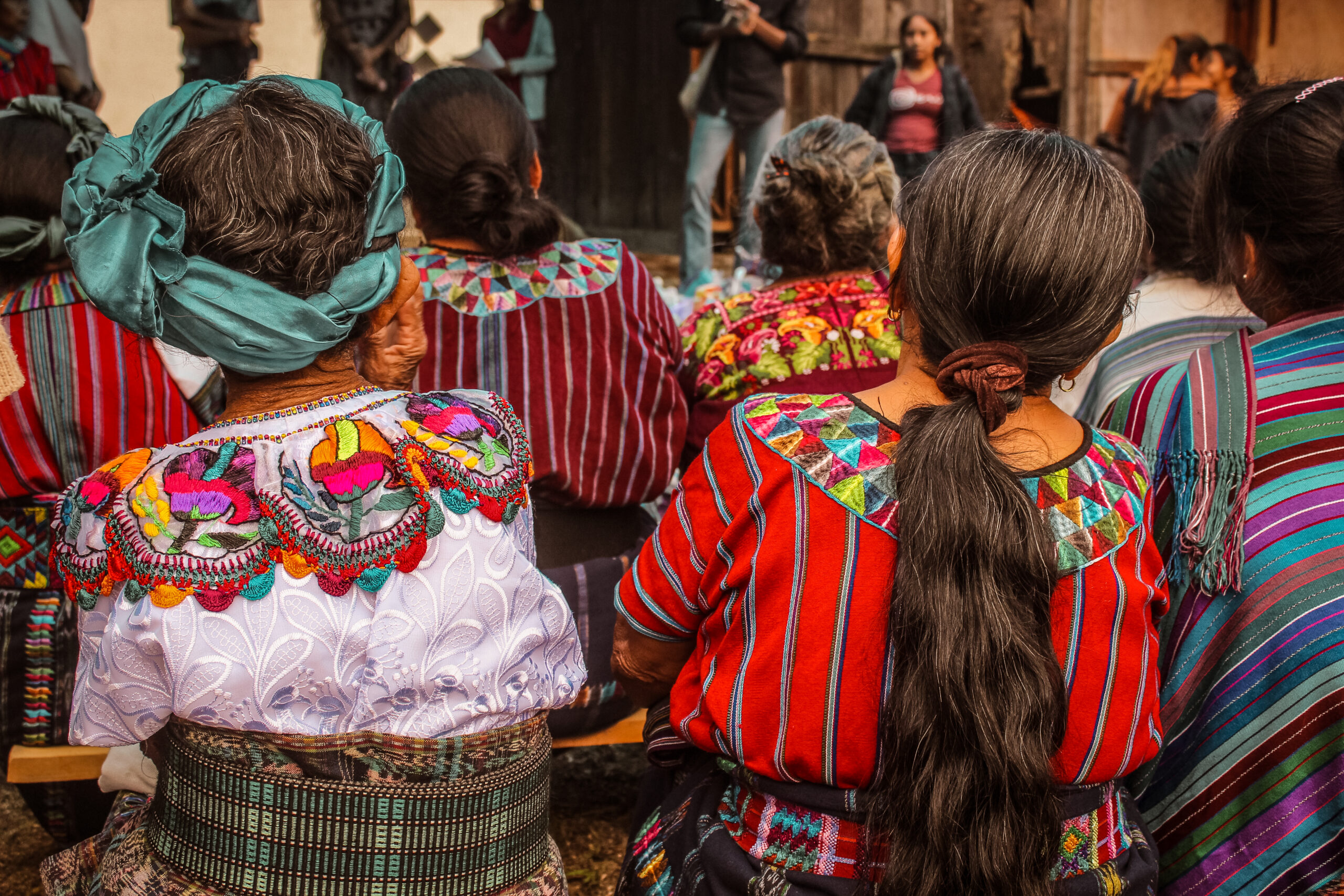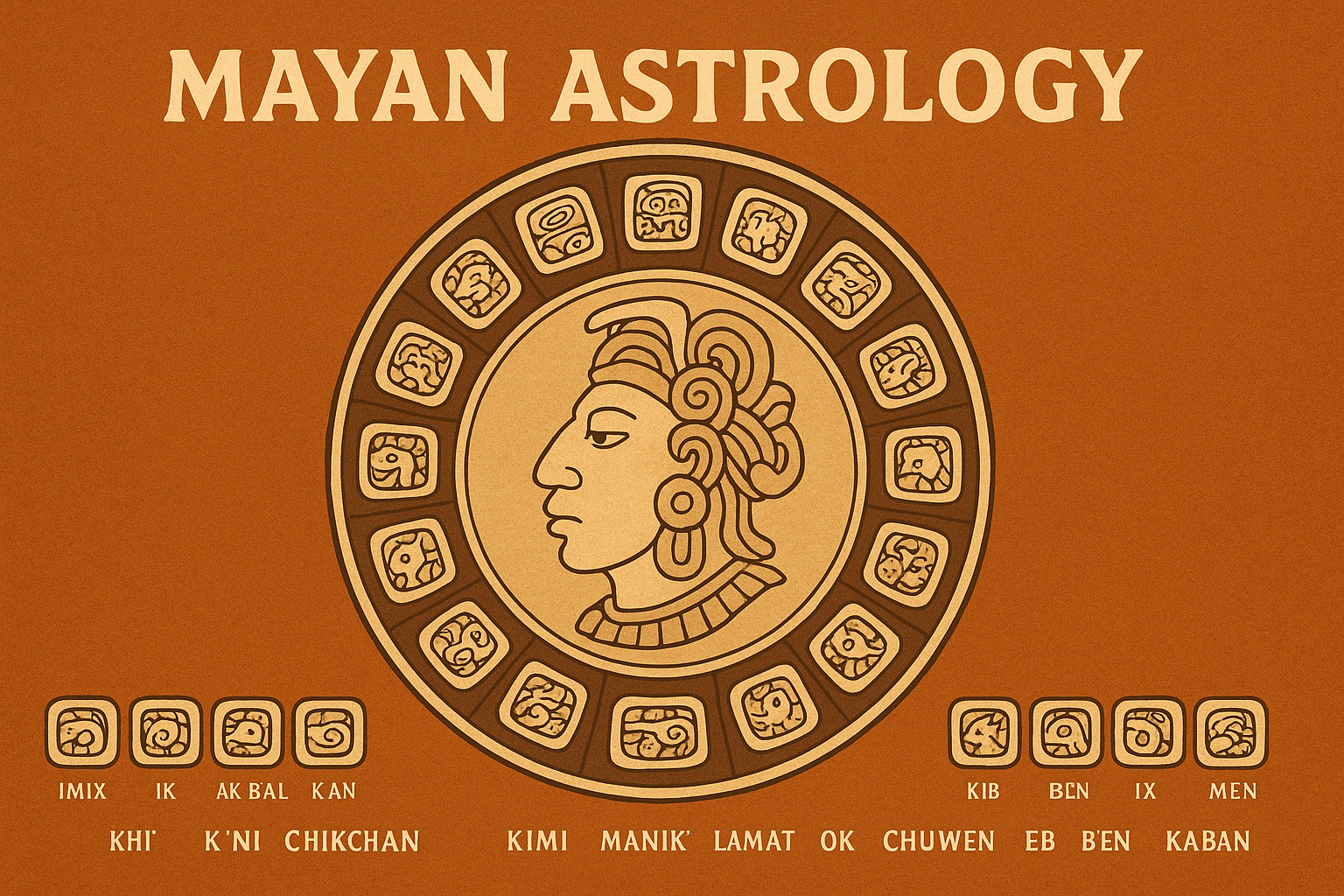The Truth About the 2012 Mayan Calendar Prophecy: What Really Happened and Why It Still Matters
The World That Didn’t End: 2012 Mayan Calendar Prophecy
Back in 2012, headlines across the globe fixated on a mysterious prediction: the Mayan calendar was ending, and many believed this marked the end of the world. The so-called 2012 Mayan prophecy gripped imaginations, fueling everything from apocalyptic Hollywood blockbusters to doomsday bunkers. But here we are, years later, and the world continues to turn. So what did the ancient Maya really mean? And why does the 2012 Mayan calendar still inspire curiosity and wonder today?
At Lake Atitlán in Guatemala—where Mayan culture remains alive—you can still find day keepers, ceremonies, and teachings that shed light on what the calendar truly represents. Let’s dive deep into the history, the hype, and the lasting wisdom of this ancient system.

What Is the 2012 Mayan Calendar Prophecy?
The so-called 2012 calendar Mayan prophecy refers to the completion of a cycle in the Long Count calendar, one of several interwoven calendars used by the Maya. Unlike our Gregorian calendar, which simply tracks years, months, and days, the Mayan system was deeply spiritual, tying human existence to cosmic cycles.
The Long Count measures enormous spans of time. It began on August 11, 3114 BCE, and was divided into cycles called baktuns (roughly 394 years each). By December 21, 2012, the 13th baktun concluded—a moment that many interpreted as “the end of the world.” In reality, for the Maya, it was never about an ending, but a transformation and renewal.
Did the Maya Predict the End of the World?
The short answer: no.
The 2012 Mayan prophecy was largely a modern misinterpretation, amplified by media and popular culture. Ancient Mayan inscriptions mention the date, but not as an apocalyptic finale. Instead, it was seen as the close of one cycle and the beginning of another—like turning the page to a new chapter in a cosmic book.
For the Maya, time was cyclical, not linear. Just as the sun sets and rises again, a baktun ending was a time of renewal, not destruction.
Hollywood vs. Reality: 2012 Mayan Calendar Prophecy
Remember the movie 2012? Explosions, earthquakes, tidal waves—it had everything except an accurate portrayal of Mayan culture. While the film capitalized on global fears, it overlooked the profound spiritual meaning of the Mayan calendar.
At Lake Atitlán, Mayan day keepers emphasize that the 2012 Mayan calendar prophecy was about awakening consciousness and reconnecting with balance. Rather than fearing destruction, it was a call to live in harmony with nature, community, and the cosmos.
The Spiritual Meaning of 2012 for the Maya
For the Maya, December 21, 2012 wasn’t the end, but the dawn of a new era—a transition from one cycle to the next. Many elders spoke of it as a time when humanity would face a choice: to continue in disconnection and imbalance, or to return to living in respect with the earth.
This message resonates deeply today. Climate change, social upheaval, and the search for meaning all echo the themes embedded in the 2012 Mayan prophecy—not destruction, but transformation.
The Calendars Within the Calendar
The Long Count was only one of the Maya’s brilliant timekeeping systems. To understand the 2012 calendar Mayan prophecy, it helps to see how it fits into the bigger picture:
- Tzolk’in (260-day calendar): Used for divination, ceremonies, and guiding daily energy.
- Haab’ (365-day solar calendar): A solar year calendar similar to ours.
- Calendar Round: A 52-year cycle combining Tzolk’in and Haab’.
- Long Count: The great cycle that ended its 13th baktun in 2012.
Each system connected human life to the cosmos, ensuring balance and meaning.
Why the 2012 Mayan Calendar Still Matters Today
Even though the hype has passed, the wisdom behind the 2012 Mayan prophecy is timeless. Here’s why:
- Cycles of renewal: The idea that endings are beginnings can guide us through personal and global transitions.
- Living in balance: The Maya saw time as sacred, urging respect for natural cycles.
- Cultural heritage: The focus on 2012 sparked global interest in Mayan culture, but the real treasure lies in their ongoing traditions, ceremonies, and teachings.
Experiencing Mayan Wisdom at Lake Atitlán
If you’re curious about the deeper meaning behind the 2012 Mayan calendar, Lake Atitlán is one of the best places to explore it. Local day keepers, ceremonies, and cultural events keep this ancient wisdom alive. Instead of an apocalyptic fear, visitors encounter a message of renewal, balance, and connection.
At Eagle’s Nest Atitlán, surrounded by volcanoes and Mayan villages, travelers often come seeking transformation—the very essence of what the 2012 cycle was about. Through yoga, meditation, and cultural immersion, guests continue the spirit of that shift.
Visit us at Lake Atitlán to experience the wisdom of the Maya for yourself.

FAQs About the 2012 Mayan Calendar Prophecy
Did the Mayan calendar end in 2012?
No. One major cycle (the 13th baktun) ended, but the calendar continues into new cycles.
Did the Maya predict the world would end in 2012?
No. This was a modern misinterpretation. The Maya saw it as a renewal, not destruction.
What really happened on December 21, 2012?
Nothing catastrophic. For the Maya, it marked the close of one cycle and the start of another.
Why was 2012 so significant?
Because it was the end of a 5,125-year cycle in the Long Count calendar, a rare and powerful transition.
What can we learn from the 2012 Mayan prophecy?
To embrace change, honor cycles of life, and live in harmony with the earth and each other.
Conclusion: Beyond the 2012 Mayan Calendar Prophecy
The 2012 Mayan calendar prophecy wasn’t about destruction—it was about transformation. While the world didn’t end, many see it as the beginning of a new consciousness, one that continues to ripple through the way we live and connect today.
For the Maya, time is sacred, cycles repeat, and renewal is always possible. That message is as relevant now as it was on the fabled day of December 21, 2012.




